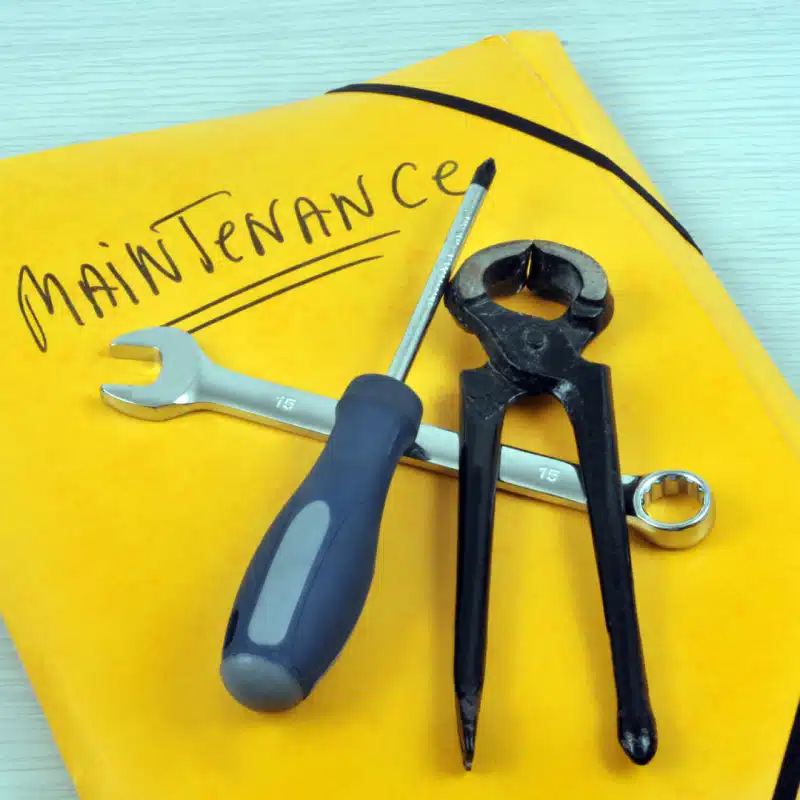One of the important indicators that evaluate the efficiency of businesses and equipment performance is Mean Time To Repair, or MTTR (Mean Time To Repair). This metric measures the average time it takes to repair a faulty piece of equipment and helps businesses optimise their business processes and reduce unexpected downtime. In this blog post, we will explain what MTTR means, how it is calculated and how businesses can use this metric. You will also learn easy ways to calculate MTTR using a simple calculator.
What is MTTR ?
MTTR, abbreviation for “Mean Time to Repair,” refers to the average time it takes to fix a failure in a system or device. This metric measures the time it takes for the equipment to return to its normal operating state. MTTR is a critical performance metric that helps businesses understand and improve their processes for dealing with failures. During this time, it is important for businesses to understand how long they are dealing with faulty equipment and how much time they are spending to make this equipment functional again. MTTR helps businesses evaluate their maintenance processes and optimize their response processes to failure situations. A lower MTTR typically indicates a more effective maintenance process and faster fault resolution capabilities. This can increase equipment reliability as well as business continuity. Regular monitoring of MTTR is important for the development of maintenance strategies and for making improvements.

How is MTTR Calculated?
The basic formula used to calculate MTTR is as follows:
MTTR = Total Repair Time / Total Number of Failures
In this formula, Total Repair Time represents the total time taken to repair all failures within a specific time period. The Total Number of Failures represents the total number of failures that occurred during the same time period. This formula is used to obtain the average repair time.
Calculating MTTR with a Calculator: Step-by-Step Guide
- Identify the Total Repair Time:
- Find the total repair time of all failures in a given time period.
- Identify the Total Number of Failures:
- Determine the total number of failures in the same time period.
- Use the Formula:
- Enter these values into your calculator and calculate the MTTR using the formula.
Advantages of MTTR for Businesses:
- Reducing Unexpected Downtime:
- Low MTTR reduces unexpected downtime by enabling failures to be resolved quickly.
- Improving Maintenance Strategies:
- Monitoring MTTR contributes to the development of maintenance strategies. Planned maintenance processes can be created for fast repairs.
- Increasing Operational Efficiency:
- Low MTTR increases productivity and customer satisfaction by increasing operational efficiency.
The Power of MTTR for Fast and Efficient Repairs
MTTR is a valuable performance metric that helps businesses resolve breakdown situations quickly and effectively. This metric allows businesses to optimise their processes, improve their maintenance strategies and also ensure operational excellence. Calculating MTTR with a simple formula using your calculator is an important step towards improving your business processes. Now you are ready to make your work order processes more efficient by using the power of MTTR!
Did you get enough information about the Meaning and Formula of MTTR ? repairist is here to help you. It answers your questions about the Maintenance Management System. We also provide information about the main features and benefits of the software. We will help you access the repairist demo and even get a free trial.
Aybit Technology Inc.
MTTR stands for Mean Time to Repair. It is a performance metric that measures how long it takes on average to repair failures in a system or equipment.
It helps businesses to respond quickly and effectively to failure situations. It allows them to reduce unexpected downtime and therefore increase operational efficiency.
MTTR calculation formula is as follows: MTTR = Total Repair Time / Total Number of Breakdowns. This formula is used to find the average repair time of faults in a given time period.
A low MTTR indicates that faults are resolved quickly. This reduces unexpected downtime and therefore helps businesses to increase operational continuity.
A low MTTR enables faster and more efficient repairs in work order processes. This ensures that processes related to work orders are carried out more regularly and efficiently.














